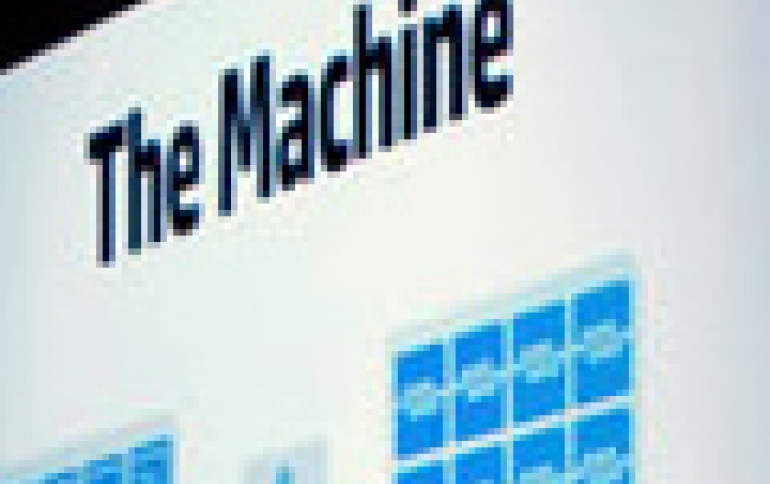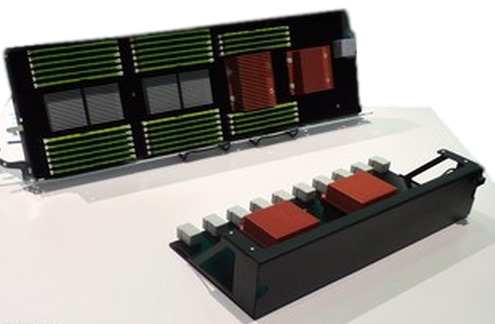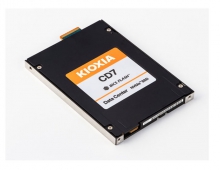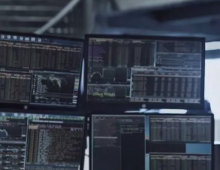
HP's Futuristic 'Machine' Computer To Reach Software Developers Next Year
The Machine, HP's optimistic concept to develop a new kind of computer that will fuse memory and storage in order to flatten complex data hierarchies and process huge amounts of data, will finally be released as soon as next yer, HP says. However, HP will not release the final version of the new computing device, which is expected to be finaluized within the next 5 years or even more. The company will release a prototype of the Machine to help researchers optimize performance, density, and power-efficiency for nanometer-scale microchip structures up to petabyte-scale memory arrays. In addition, HP's partners (like SAP), will be able to develop software on the prototype by next year, CTO and HP Labs Director Martin Fink said at the HP Discover conference Wednesday.

In its final version, the Machine promises to reinvent the fundamental architecture of computers to enable a quantum leap in performance and efficiency, while lowering costs over the long term and improving security. The Machine will be using novel hardware, a new, open source operating system and new analytics algorithms.
But for the next couple of years, the Machine will be a rack-scale prototype with 2,500 CPU cores and 320TB of main memory inside. However, the memory that will use will initially be DRAM, and not the advanced memristor technology that HP had promised and eventually plans to use in the future. This kind of non-volatile memory keeps its data when the power is switched off, so the Machine can be highly energy efficient. The Machine aims at using no hard disks at all, as memory pools linked by high-speed silicon photonics will be used instead, capable of
carrying data at 1.2TB per second.
The Machine will also be processor agnostic. This means that large companies that will take advantage of the computing device and equip it with anything from x86 or ARM-type processors, or even GPUs.
HP claims that the the Machine will be superior to any computer today. On the other hand, HP needs to offer a working prototype to software developers early since the new architecture requires rewriting software.
HP Labs researchers are also bringing the lab to Discover with a live demonstration of photonics in action, showing how they can transfer 100 Gigabits per second on a single optical fiber. Visitors can also get an up
close view of Memristors and understand the optical engines at the heart of The Machine’s network fabric.





















